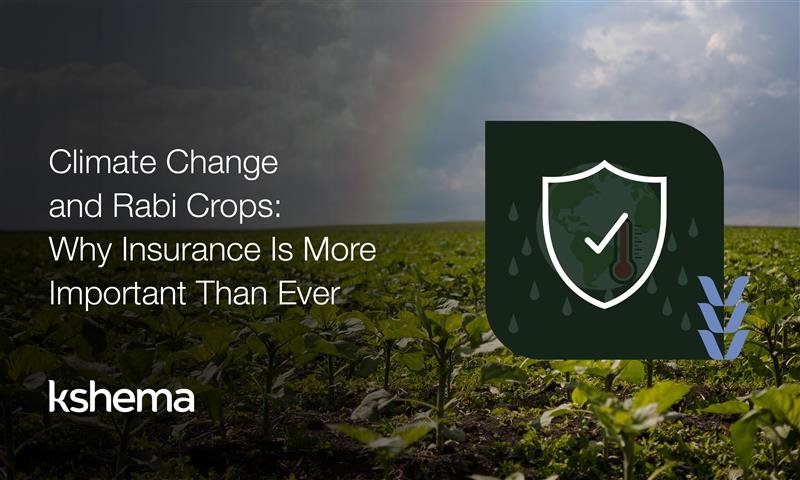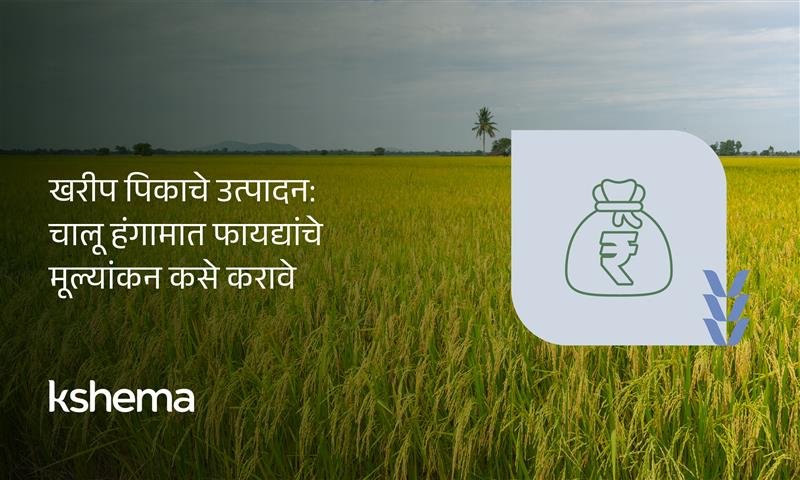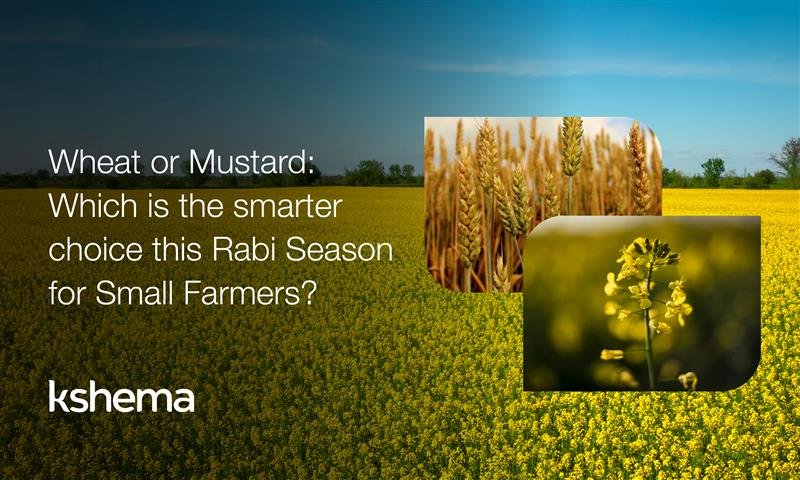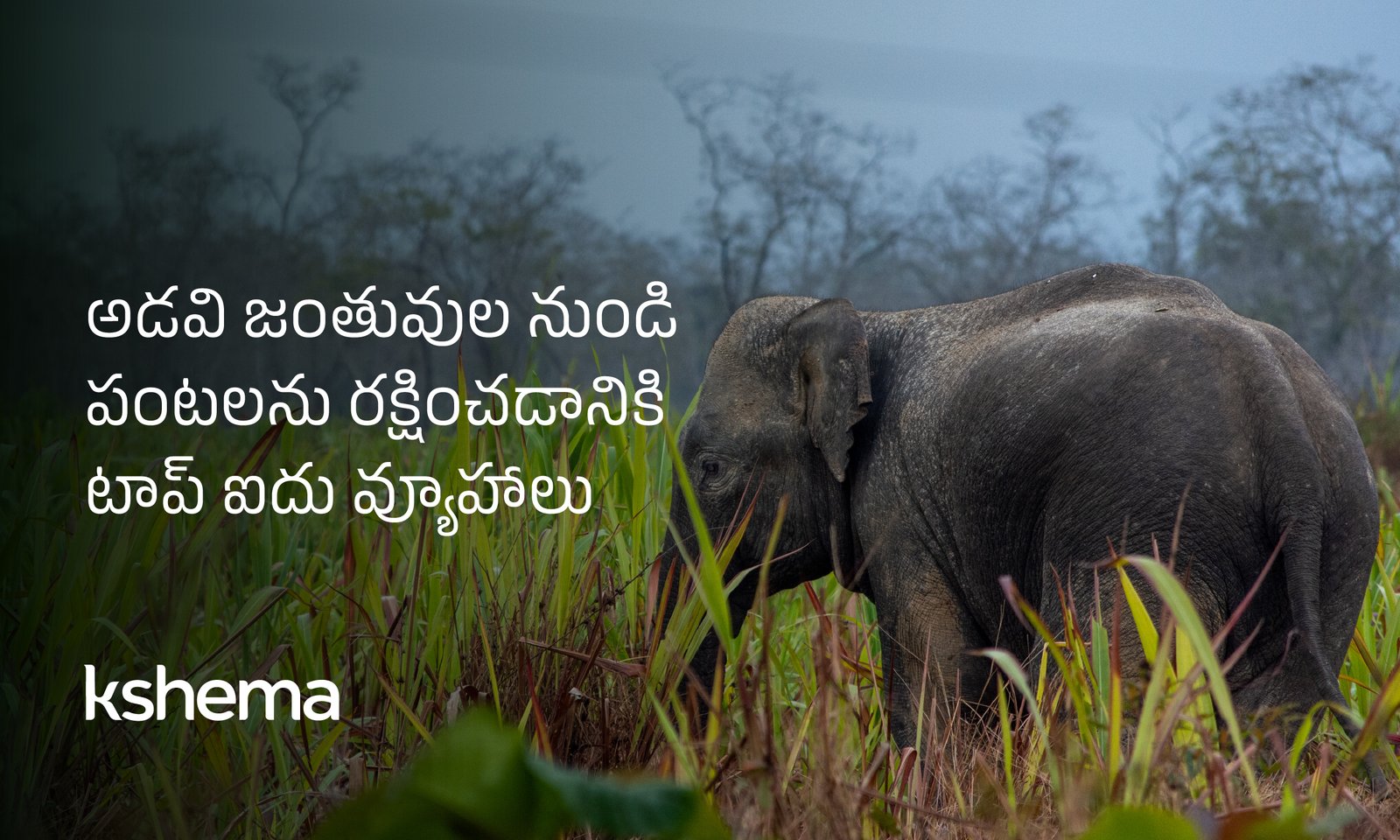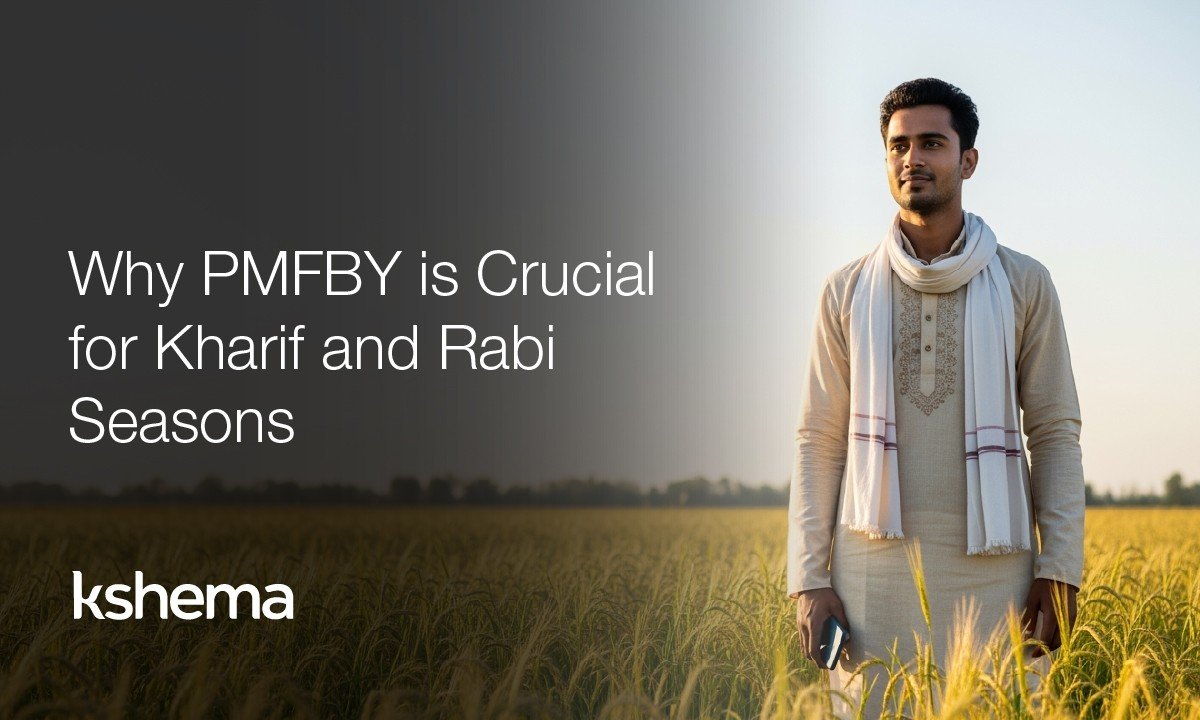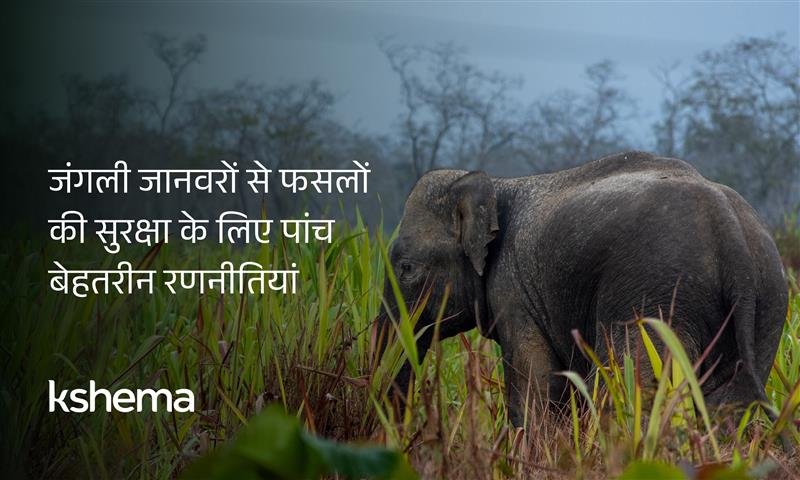Why Crop Insurance Is More Critical Than Ever for Rabi Crops Facing Climate Change
Summary: Climate change is increasing risks for Rabi crops through erratic rainfall and temperature shifts. Crop insurance provides financial protection, making it essential for farmers in India.
In recent years, the agricultural landscape has undergone a dramatic transformation. Among the most affected are Rabi crops, which are increasingly vulnerable to unpredictable climate change. As weather patterns shift and extreme events become more frequent, farmers face mounting risks that threaten their livelihoods. In this context, crop insurance has emerged as a vital tool—more important now than ever before.
Understanding Rabi Crops
The best Rabi crops are sown in winter and harvested in spring. Common examples include wheat, barley, mustard, peas, and gram. These crops rely heavily on a stable winter climate—lower temperatures and minimal rainfall during the growing season. Traditionally, Rabi crops have been considered more resilient than their Kharif counterparts due to their reliance on smart irrigation rather than monsoon rains. However, this resilience is now being tested.
How Does Climate Change Affect Rabi Crops in India?
Climate change is disrupting the conditions that Rabi crops depend on. Rising temperatures, erratic rainfall, and increased frequency of extreme weather events are disrupting sowing and harvesting cycles. For instance:
- Unseasonal rainfall during the flowering or harvesting stage can damage crops and reduce yields.
- Warmer winters can affect germination and growth, particularly crops like wheat that require a cold spell.
- Hailstorms or frost, though less frequent, can still cause significant damage when they occur unexpectedly.
These changes not only reduce productivity but also increase uncertainty for farmers, making it harder to plan and invest in future crops.
What Are the Best Crop Insurance Options for Rabi Farmers?
Given the growing risks, crop insurance is no longer a luxury—it’s a necessity. Insurance provides a safety net that helps farmers recover from losses due to natural disasters. For Rabi crops, which are increasingly exposed to climate volatility, crop insurance can mean the difference between survival and financial ruin.
Looking for affordable crop insurance? Explore Kshema’s plans.
Key Benefits of Crop Insurance for Rabi Farmers
- Risk Mitigation: Insurance cushions farmers against the financial impact of crop failure due to climate-related events.
- Encourages Investment: With insurance in place, farmers are more likely to invest in better seeds, fertilizers, and technology.
- Promotes Stability: Insurance helps maintain income stability, which is crucial for small and marginal farmers.
- Supports Food Security: By protecting Rabi crops, insurance contributes to national food security, especially staple crops like wheat and barley.
Challenges in Adoption
Despite its importance, crop insurance is still underutilised in many regions. Several barriers hinder widespread adoption:
- Lack of Awareness: Many farmers may be unaware of the options available or may lack guidance on purchasing or customizing their policies.
- Complex Procedures: The process of claiming insurance can be cumbersome and time-consuming.
- Inadequate Coverage: Some policies may not fully cover the losses incurred, especially in cases of extreme climate events.
To address these issues, governments and insurance providers must work together to simplify procedures, increase outreach, and tailor policies to the specific needs of Rabi crop farmers.
The Role of Technology
Technology can play a transformative role in making crop insurance more accessible and effective. Satellite imagery, weather forecasting, and mobile apps can help:
- Monitor crop health and predict potential risks.
- Streamline claim processes through digital documentation and quick claim assessment.
- Provide real-time updates to farmers about weather conditions and insurance status.
By integrating technology into insurance schemes, stakeholders can ensure that farmers receive timely support and accurate compensation.
Policy Support and Government Initiatives
Governments have a critical role to play in promoting crop insurance, especially for Rabi crops affected by climate change. Initiatives like the Pradhan Mantri Fasal Bima Yojana (PMFBY) in India aim to provide affordable crop insurance to farmers. However, the success of such programs depends on effective implementation, transparency, and farmer engagement.
Policymakers must also consider revising insurance models to reflect the changing climate. For example, coverage should account for unseasonal rainfall, temperature anomalies, and other emerging threats to Rabi crops.
Building Resilience Through Collaboration
The challenges posed by climate change to best Rabi crops require collaborative efforts across sectors—agriculture, insurance, technology, and policy. Agritech companies can offer precision tools to monitor crop health; insurers can design flexible products tailored to seasonal risks, and governments can ensure that schemes are inclusive and accessible.
By working together, we can build a more resilient agricultural ecosystem where farmers are supported not just in times of crisis, but throughout their journey. This holistic approach is key to safeguarding the future of Rabi crops and ensuring that farming remains a viable and sustainable livelihood.
At Kshema, we believe that resilience begins with preparedness. As climate change continues to challenge traditional farming cycles, we are committed to supporting farmers with affordable and customizable crop insurance solutions. Our goal is to empower agricultural communities to thrive despite uncertainty—ensuring financial resilience for the farming community.
Conclusion
The relationship between Rabi crops and climate change is becoming more complex with each passing season. What was once a predictable cycle is now fraught with uncertainty. In this new reality, crop insurance stands out as a critical tool for resilience. By protecting farmers from the financial fallout of climate-induced crop failures, crop insurance helps secure not only individual livelihoods but also the broader agricultural economy. Because when farmers are protected, the future of food security is protected too.
Explore Kshema’s customizable crop insurance plans for Rabi farmers. Learn more here.
Frequently Asked Questions About Rabi Crops and Crop Insurance
Q1. How does climate change affect Rabi crops in India?
A. Climate change impacts Rabi crops by causing unseasonal rainfall, warmer winters, and extreme weather events. These changes disrupt sowing and harvesting cycles, reducing yields and increasing financial risks for farmers.
Q2. Which Rabi crops are most vulnerable to climate change?
A. Wheat, mustard, and gram are highly sensitive to temperature fluctuations and unseasonal rain. Warmer winters can affect wheat germination, while excess moisture can damage mustard and pulses during flowering.
Q3. What is the best crop insurance for Rabi farmers in India?
A. The Pradhan Mantri Fasal Bima Yojana (PMFBY) is a popular government scheme offering seasonal coverage. Kshema also provides customizable crop insurance plans tailored to local risks and crop types.
Q4. Does crop insurance cover unseasonal rainfall and frost?
A. Yes, most comprehensive crop insurance policies, including PMFBY and Kshema plans, cover losses caused by unseasonal rainfall, frost, hailstorms, and other weather-related risks.
Q5. How can farmers apply for PMFBY crop insurance online?
A. Farmers can apply through the official PMFBY portal or via authorized service providers. Kshema also offers an easy online application process through its website and mobile app.
Q6. Why is crop insurance important for small farmers?
A. Crop insurance ensures income stability for small and marginal farmers by covering losses from climate-related risks, helping them avoid debt and sustain farming operations.


